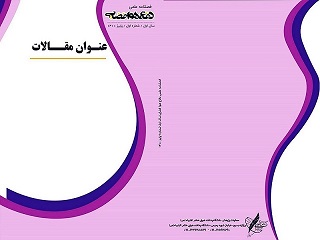Author
Abstract
Maintaining the readiness of operating air defense equipment as one of the most important arms of the country's armed forces, it is inevitable. Defensive weapons (especially anti-aircraft guns) require full readiness to fire in a fraction of a second. In Iran, due to the installation of this equipment in areas with high humidity (such as the coastal areas of the Persian Gulf), the need for corrosion protection is essential. For this purpose, the production of polyurethane / graphene protective coating on simulated steel from the body of conventional defense cannons (23 and 35 mm) was investigated. In this regard, three types of polyols with plant base (castor oil) were synthesized. Graphene oxide, porous graphene and amine porous graphene were also used as coating nano fillers. The purpose of amino acidification and porosity in graphene was to increase its compatibility and contact surface with polyurethane. The parameters that were studied as variables in the experiments are the type of polyol, the type and amount of nanoparticles applied to the system. After the samples were synthesized, thermal, adhesion, tensile strength and immersion tests of salt water were performed on them and scanning electron microscopy (FE-SEM) was used to study the surfaces and particle dispersion. Finally, it was found that the nanocomposite synthesized from semi-rigid polyol with porous amine porous graphene has better properties than other samples and can withstand the body of anti-aircraft cannons against corrosive environments with high humidity.
Keywords
Main Subjects

